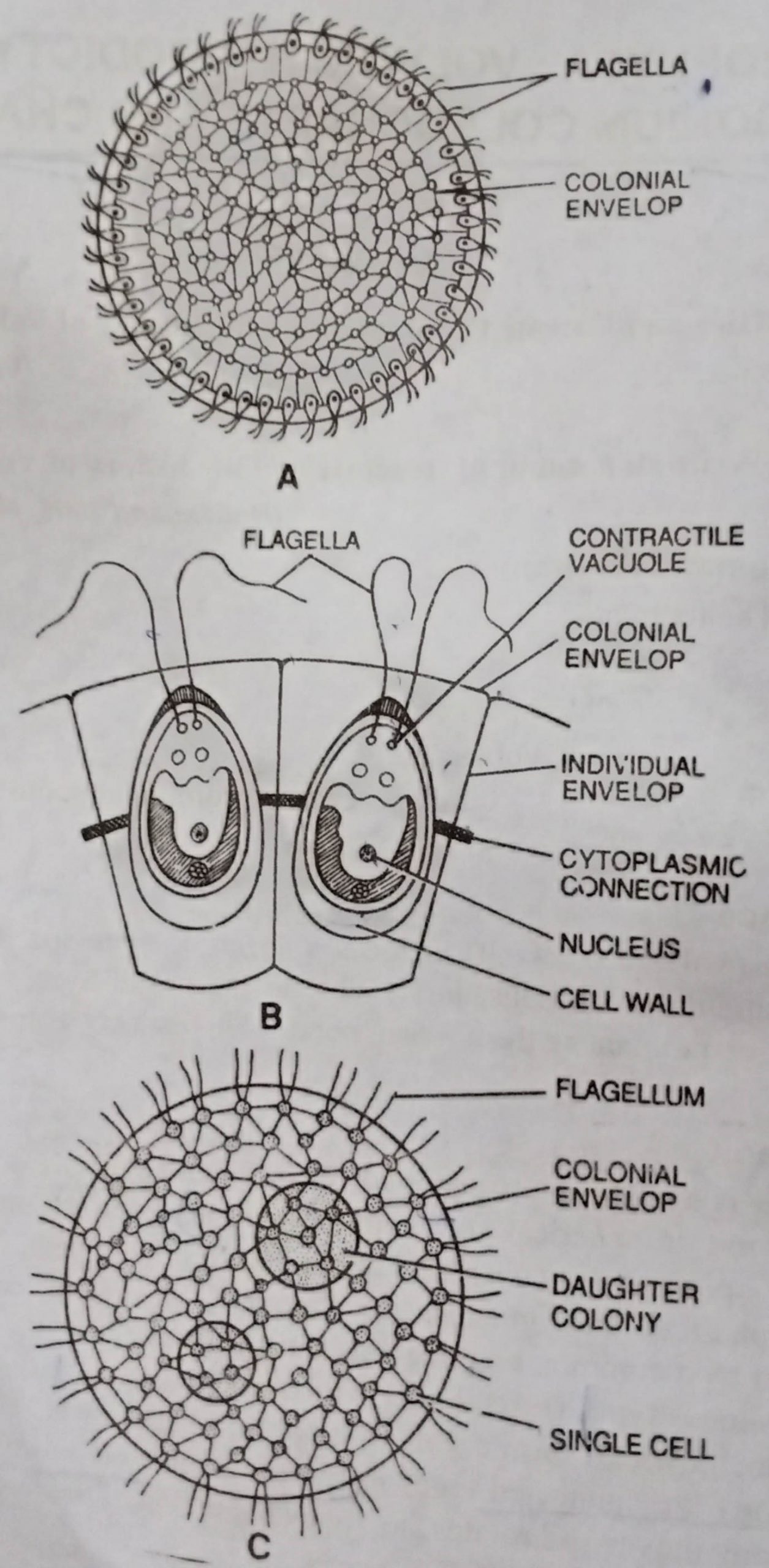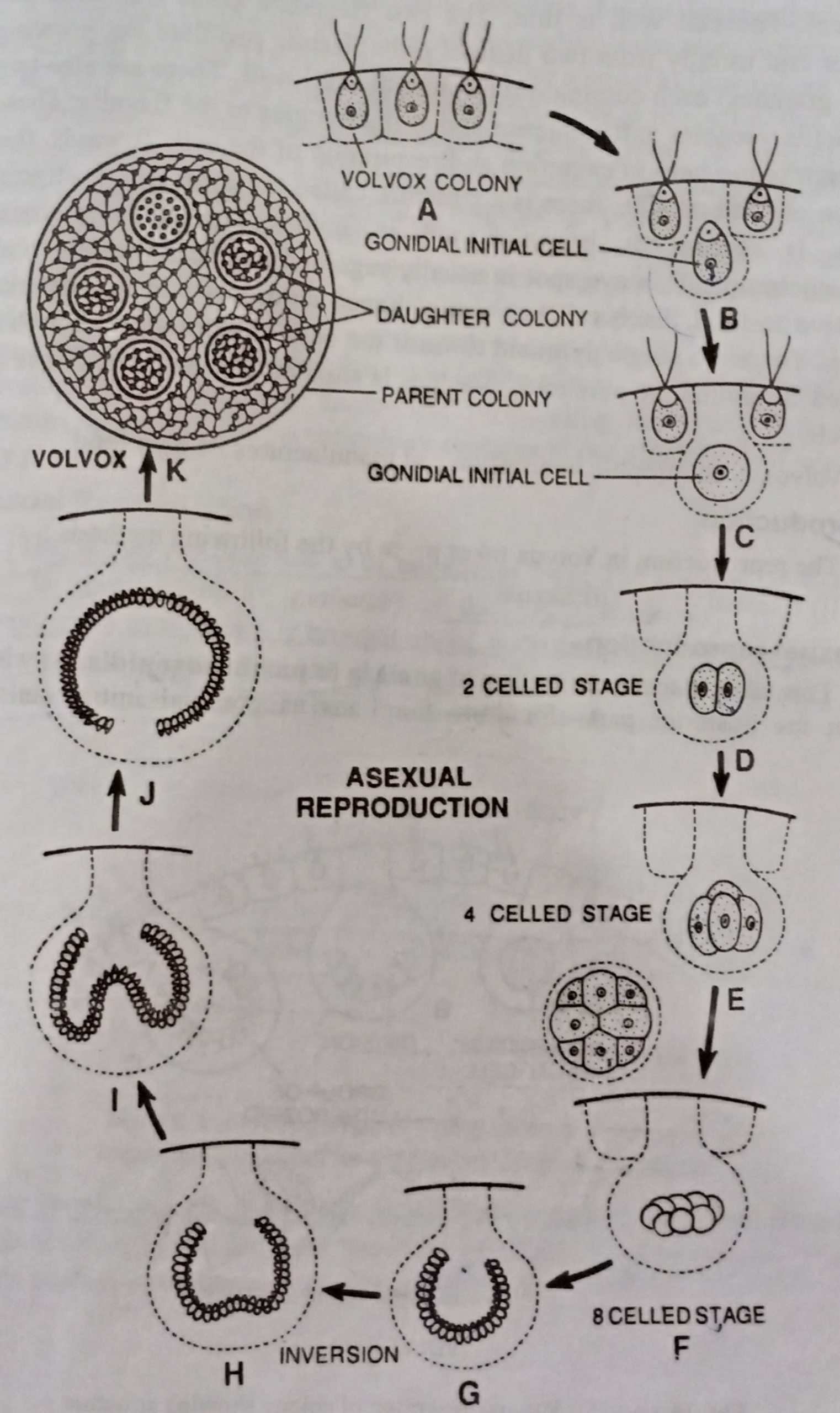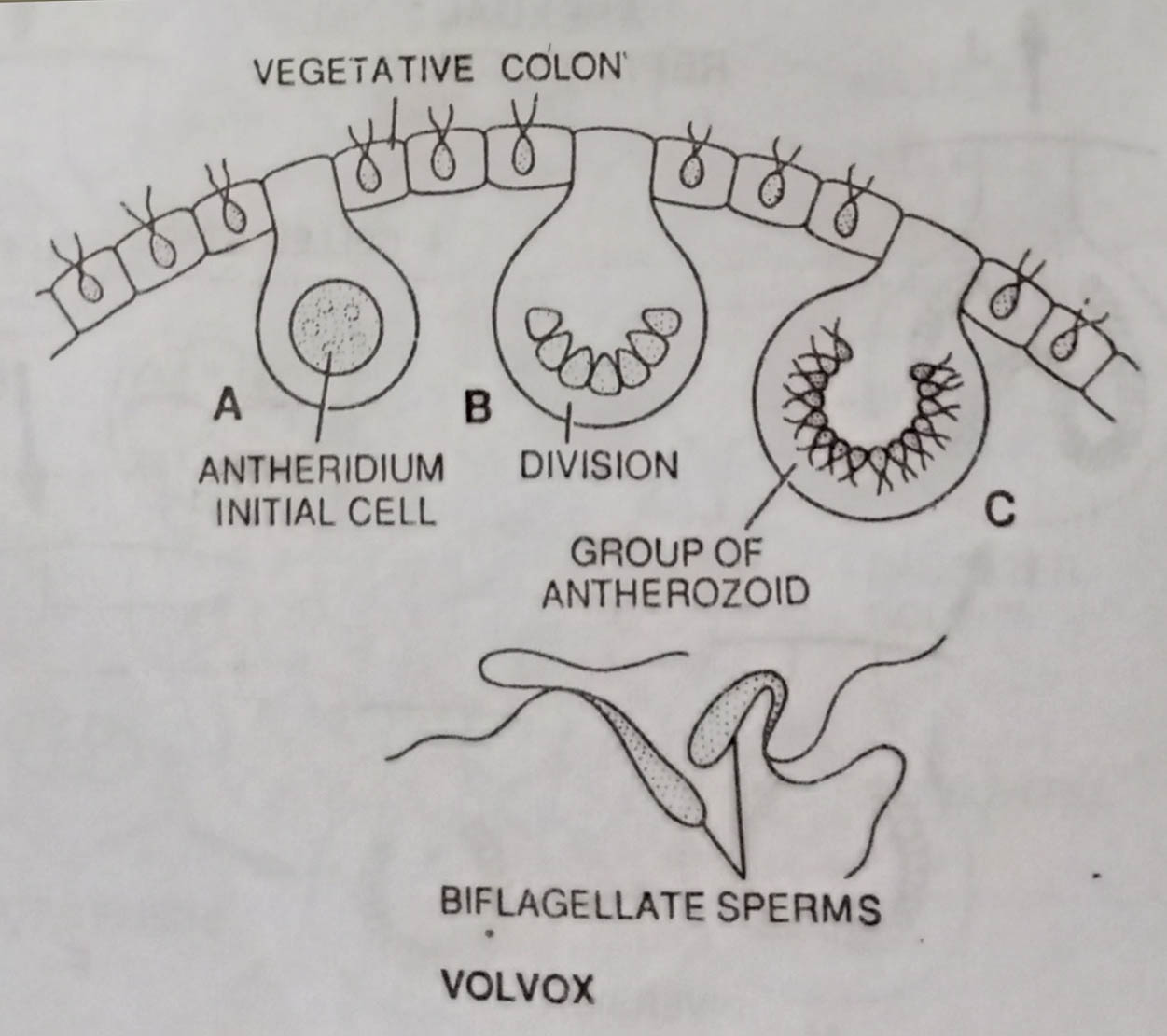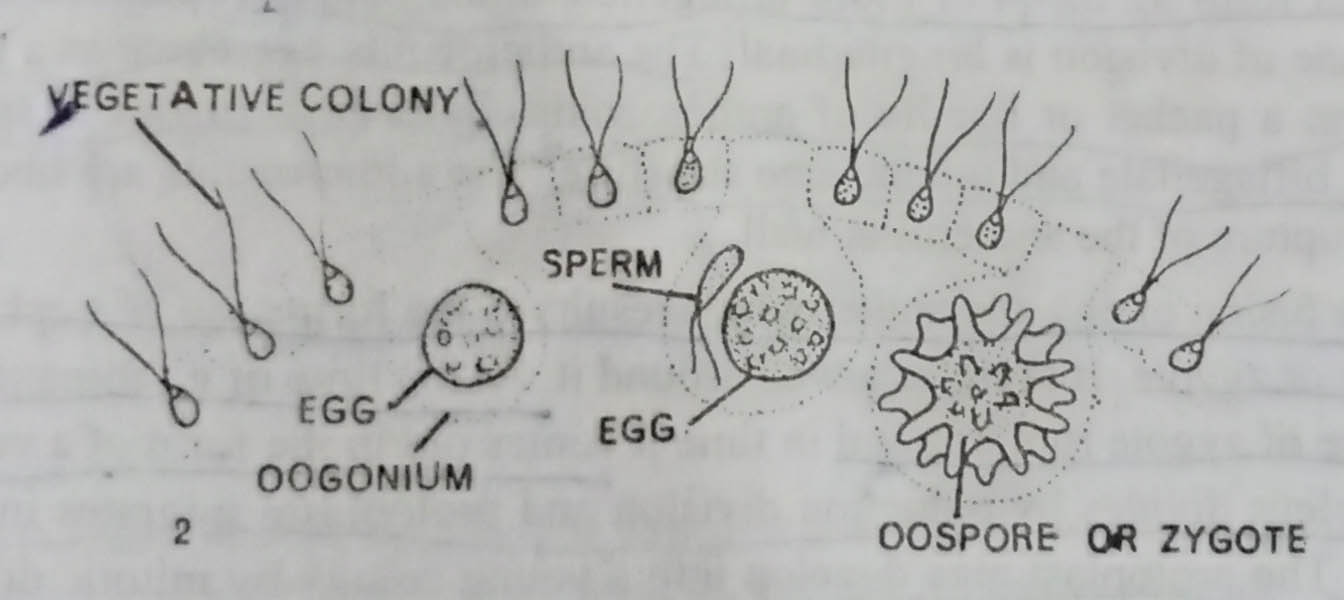BSc 1st Year Botany Chlorophyta Sample Model Practice Question Answer Papers
BSc 1st Year Botany Chlorophyta Sample Model Practice Question Answer Papers: BSc is a three-year program in most of the universities. Some of the universities also offer BSc Honours. After getting enrolled for BSc, there are certain things you require the most to get better grades/marks in BSc. Out of those, there are BSc Study Material, BSc Sample Model Practice Mock Question Answer Papers along with BSc Previous Year Papers. At gurujistudy.com you can easily get all these study material and notes for free. Here in this post, we are happy to provide you BSc 1st Year Botany Chlorophyta Sample Model Practice Question Answer Papers.

- BSc 1st Year Botany Chlorophyta Sample Model Practice Question Answer Papers
Index for BSc 1st Year Botany Chlorophyta
The Structure and life history of Volvox
Division of Labour
Life cycle of hydrodictyon
The structure and life history of Oedogonium
The life history of Coleochaete
The structure and life cycle of Chara
Economic importance of Chara
Q.1. Write an account of the structure and life history of Volvox.
Ans.1. Volvox (Volvere = to roll) includes a dozen or more species and often found as minute green balls, just visible to the naked eyes, swimming in temporary or permanent freshwater ponds. This is very common in rainy seasons.
Structure
Volvox is a colonial form. Each colony is of the size of a pin head and is spherical to ovoid in outline. Each colony of Volvox depending upon species consists of about 500 to 50,000 cells. The colony is hollow, spherical and greenish in colour. The whole colony remains surrounded by a common mucilagnous sheath.
The cells of the colony are of Chlamydomonas type. The cell wall is thick and gelatinous often with a form middle lamella which forms a polygonal pattern between the cells. The cells of the colony are connected together by means of protoplasmic stands. The whole colony moves and rotates slowly by the action of the flagella.

Each cell is biflagellate and ellipsoidal, pyriform subcylindrical or spherical. The cell wall is thin. The two flagellate come out from the anterior end usually from two distinct protoplasmic papillate out growing (basal granules) each coming out through the cell wall. There are also two contractile vacuoles at the anterior end at right angles to the flagella.
These are supposed to help in excretion and respiration of the cell. Towards this end, on one lateral side, there is a structure called the eyes spot or stigma, which is reddish or brownish red in colour due to a pigment haematochrome. This eye spot is usually regarded as photo-receptive i.e., sensitive to light. Each cell has a cup-shaped chloroplast in its posterior region. There is a single pyrenoid towards the base of chloroplast, Starch is formed all around the pyrenoid. Nucleus is situated almost in the centre of the cell.
Volvox is autotrophic in nutrition and manufactures its own food.
Reproduction
The reproduction in Volvox takes place by the following methods :
- Asexual (ii) Sexual.
Asexual reproduction
This takes place by formation of gonidia or parthenogonidia. Any cell from the posterior part of colony functions as gonidial initial cell. It increases in size and its protoplasmic contents divides longitudinally into two, four, then eight cells and finally a flat multicellular plate is formed. By subsequent division (16 celled stage) and later a small hollow sphere with a pore, the Phialopore is produced the pointed ends as the cell of this sphere are directed inwards towards the cavity of sphere Now the cell division ceases and young colony curves inwards at the middle like a saucer and then turns itself inside out, by invaginating (inverting) through the phialopore.

Inversion gets completed in 3 to 5 hours. Flagella are developed shortly after in inversion on the pointed ends of cells now directed outwards. In this way new daughter colony is produced inside the parent colony enclosed within the enlarged parent (gonidia) cell wall. The daughter colony slowly revolves within the parent cell which eventually develops into a mucilage membrane surrounding the young colony. It remains there until the parent colony ruptures at the phialopore of adult or any place.

Sexual Reproduction
The sexual reproduction is of oogamous type. The colonies of Volvox may be monoecious. (V. glabator) or dioecious (v. aureus). The sexual reproduction in this case is brought about, with the help of distinct gametes Antherozoids (Spermatozoids) and oogonium. The reproductive cells are posteriorly situated and may be a few dozen to few hundred.

The vegetative cell of Volvox colony developing into oogonium (Female sex organ) enlarges and acquires the shape of a flask, loses its flagella. These oogonia consist of venter having a egg and a neck.

The vegetative cell of Volvox colony developing into an antheridium (Male reproduction organs) become non-motile, enlarges and the contents divide to form 32 or 64 or more biflagellate antherozoids (Spermatozoids). The plane of division is longitudinal. The antherozoids aggregate in a group and form a packet or bundle of antherozoids. Each antherozoid is spindle shaped, biflagellate and uninucleate structure. The antherozoids are liberated by the rupture of the antheridial wall.
The fusion of egg and antherozoids results in the formation of a spherical oospore or zygote. It secretes a wall around it. At the time of germination the exospore of zygote ruptures and in time it comes out in the form of a vesicle. The nucleus divides by reduction division and protoplasm migrates into the vesicle.
The protoplast may develop into a young colony by mitotic division or it may form a single oospore which later on by longitudinal divisions forms the young colony in the same way as during asexual reproduction i.e., by the process of inversion.
BSc 1st Year Botany Chlorophyta Sample Practice Question Answers